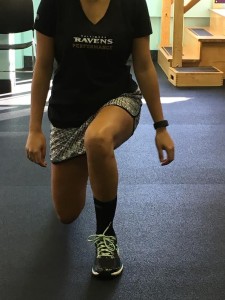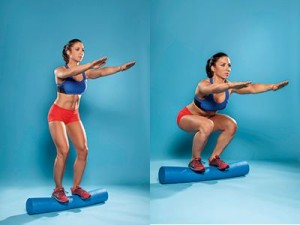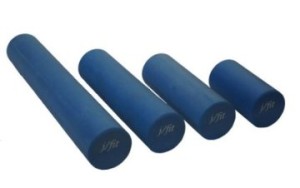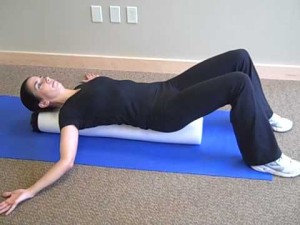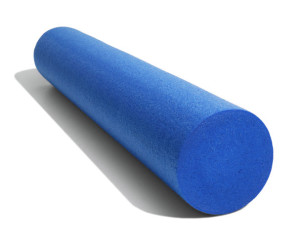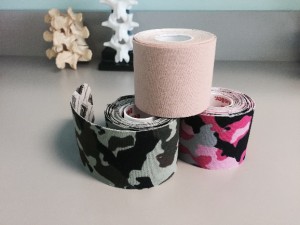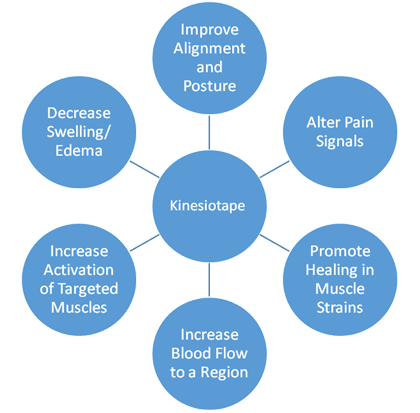Shoulder Impingement occurs when one of your rotator cuff muscle tendons becomes pinched, or impinged, between the bone in your arm and your shoulder blade. The friction on the muscle can cause increased pain and inflammation when lifting up the arm as the muscle becomes pinched between the two bony landmarks. If you feel pain in the front of your shoulder when lifting your arm overhead, it may be caused by shoulder impingement. It is important to address the cause of shoulder impingement, as repetitive stress on the muscle can lead to a rotator cuff tear.
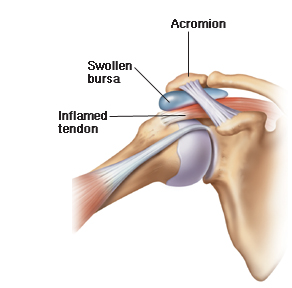
Causes:
- Repetitive overhead movements performed during sports such as swimming, baseball, tennis, and volleyball, or during such activities such as overhead weightlifting or painting.
- Weakness of the rotator cuff muscles, causing decreased shoulder stability and abnormal shoulder mechanics.
- An injury or fall onto the shoulder.
- Bony abnormalities that narrow the space underneath the shoulder blade.
How Harbor Physical Therapy can help:
- Reducing pain and inflammation in the shoulder through modalities such as ice, heat, and electrical stimulation.
- Patient education on which activities should be performed and which should be avoided.
- Restoring range of motion to the shoulder through exercise and manual therapy.
- Promoting normalized movement patterns with proper body mechanics.
- Strengthening the shoulder complex and rotator cuff to increase shoulder stability and prevent further injury.

